
Best selling Non-fiction from Deutscher Kunstverlag
On this page you'll find a ranking of the best Deutscher Kunstverlag products in this category. To give you a quick overview, we've already ranked the most important information about the products for you.
1. Deutscher Kunstverlag The Triumphal Cross in Lübeck Cathedral
The late medieval triumphal cross group in Lübeck Cathedral is one of the most famous works of art in the Baltic Sea region. It serves as the starting point for research on Bernt Notke (1435-1509). In the recent debate about the practical role that the Lübeck artist and workshop director may have had in his works, there has been a lack of reliable data. The documentation of the restoration carried out between 1949 and 1977 fills this gap. It provides a wealth of previously unknown material and simultaneously points to an important chapter in the restoration history of the 20th century. What was implemented here after long discussions continues to shape our ethical considerations in dealing with historical artworks to this day.

2. Deutscher Kunstverlag Was ist zeitgenössische Kunst oder Wozu Kunstgeschichte?
Never before has modern and contemporary art been as present in the media as it is today: The interplay between art, market, and museum particularly engages cultural sections and new media. But who actually writes the art history of modernity - since when and for what purpose? This essay explores these questions. The author reflects on the multifaceted history of ideas, knowledge, and institutions in art, as well as the changing conditions of its production, distribution, and reception. Traditional notions are called into question, and new perspectives on seemingly familiar subjects are ventured. Through specific case studies and works, a balance of the current state of the art world is achieved. In addition to prominent names like Gerhard Richter, Marina Abramovic, Damien Hirst, or Tino Sehgal, many lesser-known and younger artists are also addressed, as the author aims to highlight them as well.

Was ist zeitgenössische Kunst oder Wozu Kunstgeschichte?
German, Anne-Marie Bonnet, 2018
3. Deutscher Kunstverlag Pablo Neruda
The Chilean poet Pablo Neruda (1904-1973) embodies the upheavals of the 20th century like few others. Inevitably, these are also inscribed in his work. To approach Neruda, Hans Christoph Buch makes several attempts: from the early poems inspired by Rimbaud and Verlaine to the surreal delirium of his "Residence on Earth," triggered by the culture shock of his role as consul in Burma, Ceylon, and Indonesia; and further from the Spanish Civil War, the death of his friend Federico García Lorca, his entry into the Communist Party in 1945, to the adventurous escape via Buenos Aires to Paris, where the leftist intelligentsia celebrated him as a martyr, and to his hymns to Stalin. Pablo Neruda was everything at once, a bourgeois bon vivant who prided himself on his closeness to peasants and workers, a figure moving between Paris, Beijing, Mexico, and...
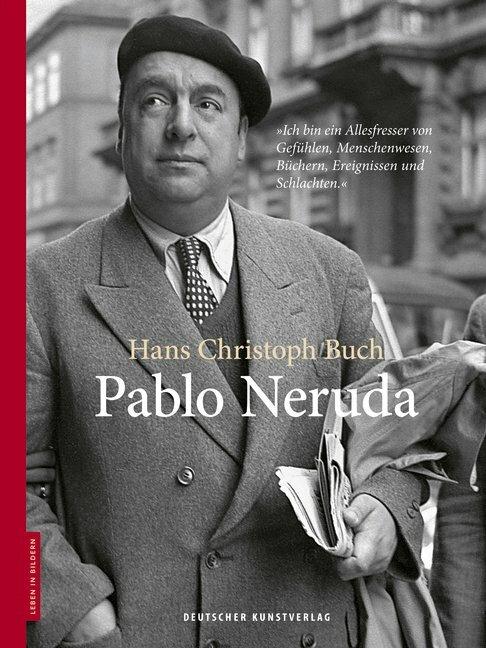
4. Deutscher Kunstverlag Hans Burgkmair. Die Zeichnungen
Hans Burgkmair the Elder (1473-1531) was one of the most versatile artists of his time and, as an Augsburg native, was known beyond the borders of the imperial city, even though he always remained in the shadow of great contemporaries like Albrecht Dürer, Hans Baldung Grien, and Lucas Cranach. His artistic originality is particularly evident in his drawings, which are remarkably unconventional, imaginative, and experimental. Approximately 80 portrait drawings, paintings, graphics, and sculpture designs have been preserved. The compositions are sketched with great freedom and demonstrate significant creative power, even in his later works. This book presents the first modern critical catalog of the complete graphic work of Hans Burgkmair.
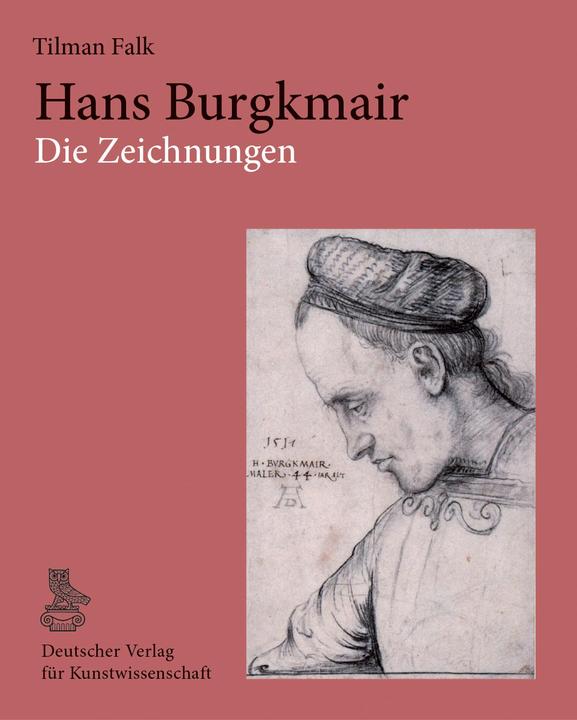
5. Deutscher Kunstverlag Danner-Preis 2017
Outstanding craftsmanship that represents new design ideas and developments in Bavarian arts and crafts will be awarded the Danner Prize for the twelfth time in 2017. The catalog showcases the works with large-format color images and explanatory texts, introducing the artisans through their biographies. Introductory essays on contemporary craftsmanship issues complete the volume. Criteria such as functionality, appropriateness of materials, aesthetics, and suitable design in craftsmanship continue to play an important role, but increasingly, non-functional works are also gaining prominence. Selected exhibits will be displayed in a representative exhibition at the Museum Villa Stuck in Munich.
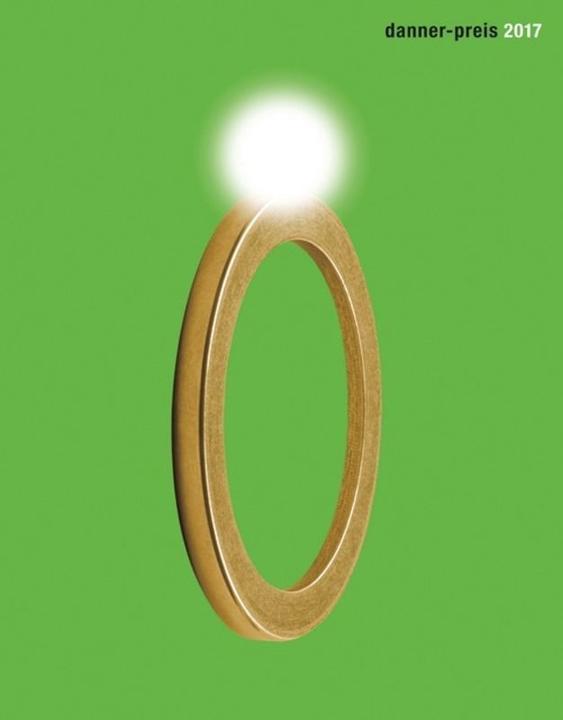
6. Deutscher Kunstverlag Corpus Vitrearum medii Aevi Deutschland / The Medieval Stained Glass in Regensburg Cathedral
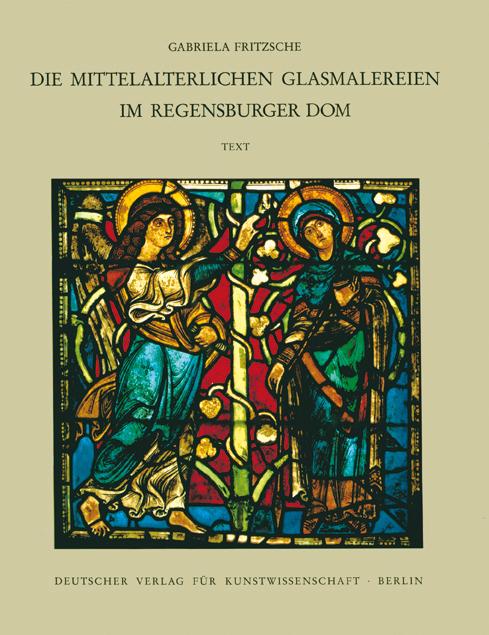
Corpus Vitrearum medii Aevi Deutschland / The Medieval Stained Glass in Regensburg Cathedral
Gabriela Fritzsche
7. Deutscher Kunstverlag Das subversive Bild
The ability of images to subvert aesthetic norms and question artistic conventions is at the heart of the research of art historian Jürgen Müller, to whom this festschrift is dedicated on the occasion of his 60th birthday. Numerous contributions from long-time colleagues offer new interpretations of both well-known and lesser-known masterpieces, where the first impression often turns into its opposite. Since 2003, Jürgen Müller has held the chair of Medieval and Modern Art History at TU Dresden. He has authored significant monographs and studies on Pieter Bruegel the Elder, Rembrandt, and Caravaggio, and has edited numerous scholarly collections and exhibition catalogs. He gained recognition far beyond academic circles through his editorship of the Decades film volumes published by Taschen.

Das subversive Bild
German, Bertram Kaschek, Teresa End, Frank Schmidt, Jan-David Mentzel, 2022
8. Deutscher Kunstverlag Hamburg - Schleswig-Holstein. Handbuch der deutschen Kunstdenkmäler
In 1971, a volume about Hamburg and Schleswig-Holstein was published for the first time. The editor was Johannes Habich, who later became the state conservator in Kiel (1985-1998). His well-founded description of the local art monuments and their placement within the broader context of art historical development continues to engage readers and draw attention to the typical features of the monument landscapes of Hamburg and Schleswig-Holstein. Now, a third, updated edition for Hamburg and Schleswig-Holstein, including Lübeck, is available. This edition takes into account the current state of research, incorporates newly established architectural assessments with specific data, and provides descriptions that reflect changes due to completed restorations and maintenance measures compared to the old text. Additionally, it includes new entries for further art monuments from the 19th and 20th centuries, for which consensus on their evaluation has been reached and which require careful selection. Furthermore, it omits monuments that have been lost.

Hamburg - Schleswig-Holstein. Handbuch der deutschen Kunstdenkmäler
German, Lutz Wilde, Georg Dehio, Christoph Timm, Johannes Habich, Dehio Association Dehio, 2009
9. Deutscher Kunstverlag Hans Baldung Grien
Hans Baldung Grien was one of the most extraordinary German artists of the Renaissance. In an era of profound upheaval, he created a diverse and distinctive body of work that continues to fascinate to this day. The catalog accompanied the Great State Exhibition at the State Art Gallery in Karlsruhe and includes around 250 exhibits from numerous international collections, including intimate devotional images, vibrant stained glass paintings, characterful portraits, humanistic thought images, and sensual nudes, which also feature the famous depictions of the Fall of Man and the dramatic witch scenes. With introductions and exhibit texts aimed at a broader audience, as well as many illustrations, it provides a unique overview of the work of this great painter, draftsman, and printmaker.
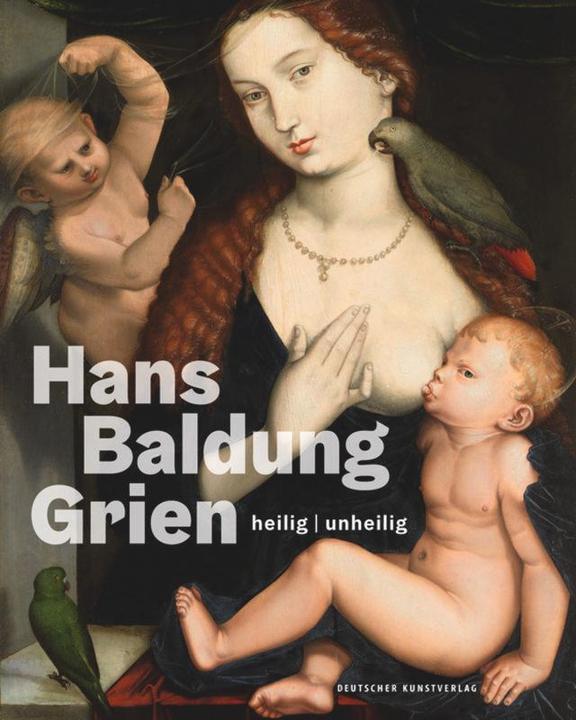
10. Deutscher Kunstverlag Corpus Vitrearum medii Aevi Deutschland / The Medieval Stained Glass in Regensburg and the
The Upper Palatinate, for centuries the domain of the Rhenish Counts Palatine, still exhibits a remarkable variety of stained glass despite significant losses. During the 13th and 14th centuries, Regensburg developed into a flourishing center of glass painting, which radiated far into the northern region up to Nuremberg. Therefore, the core of this publication consists of the stained glass works of Regensburg, primarily including the significant choir windows of the Minorite Church. It was not until the second half of the century that the focus of production shifted to Nuremberg. The glazing of the palatine chapel in Amberg is one of several examples that demonstrate the rise of Nuremberg workshops during this time. With the window donation of the Bavarian dukes for Karthaus-Prüll, Munich is represented as a third center of stained glass in the early 16th century.
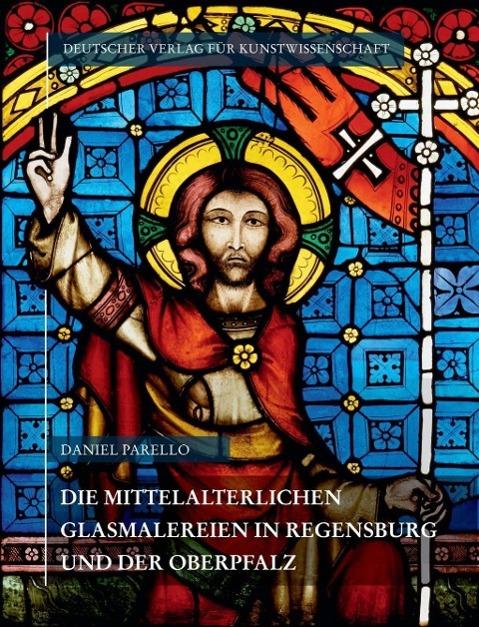
Corpus Vitrearum medii Aevi Deutschland / The Medieval Stained Glass in Regensburg and the
German, Daniel Parello, 2015
